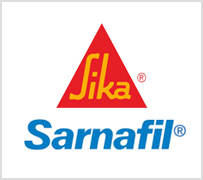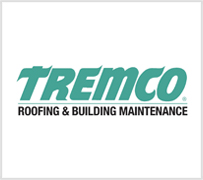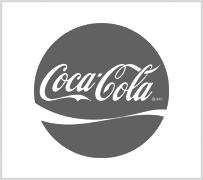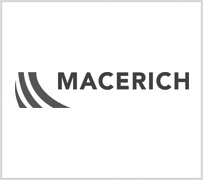
Home / Commercial Roofing / Roof Coatings & Re-Coatings

The very last layer of almost every type of roofing material (foam, metal, asphalt, modified bitumen, shake, tile, etc.) is a coating substance. These coatings can be composed of a wide variety of materials including acrylic, aluminum, rubberized aluminum, polyurethane, asphalt, polymers, cement, granules, rock — the list goes on and on. These coatings tend to be extremely durable and elastomeric. Elastomeric simply means that the material is very elastic (resembling rubber) and resumes its original shape after an impact. In short, it rebounds from hailstones, branches or debris falling on the roof.

Since most roofs are generally comprised of three or more layers (a waterproof membrane, insulation, the roof material, and an adhesive) you would think roofing material would be tough enough. So why bother adding a coating? The simple answer is to prolong the life of the roofing material.
The main purpose of a roof coating is to prevent the metal, foam, asphalt or whatever roofing material has been selected from degrading due to weather and general wear and tear. For instance, a foam roof often receives a tough rubberized coating that makes it even more resilient to storm damage. The coating of granules on asphalt shingles protects the shingle from UV light, adds color and beauty, provides fire resistance, and also ensures the shingles don’t stick together when they are packaged. In short, a proper coating can add life to your roof.
Roofing professionals are finding that coatings are offering another very important secondary advantage. By selecting a coating that reflects heat, for instance something with aluminum flakes in it, roofs can be kept cooler during the heat of summer. Reflecting heat not only helps the roofing material last longer, it also offers terrific energy saving to commercial and residential property owners.
In urban areas, reflective coatings can help make a dent in the problem of urban heat islands. Due to the high concentration of concrete, asphalt, metal and masonry, urban areas absorb heat and retain it, releasing it only very slowly during the night hours. The temperatures in an urban area can be 10 – 15 degrees hotter than the surrounding countryside. Proper reflective coatings for roofs can help cut down on this problem.
When professional roofers talk about roof maintenance, they are often referring to refreshing the coating on the roofing material. Adding a new layer of coating every so often will prolongs its life, protects it from damage and often help save on energy costs.











